Rice is a staple ingredient in popular dishes from countries around the world, and white rice is one of the most common choices for creating a delicious dish that everyone at the table will love. However, with so many different brands and varieties, it can be challenging to determine the best white rice brand on the market. That’s why we’ve sought out the best of the best, allowing you to focus more on the cooking itself.
With white rice, you can make a large variety of dishes, including sushi, pork bowls, fish and rice, various soups, and much more. It has many similarities to other types of rice, such as brown, basmati, and jasmine, but it also lets you put a different spin on your favorite recipes. Below you can see the best brands of white rice and everything that makes them firm favorites among us food fanatics.Quick Comparison: Top 10 Brands of White Rice
1. Nishiki Medium Grain Premium Rice
This medium-grain rice from Nishiki comes in a sizeable 15-pound package, which is likely to offer enough rice for several weeks in most kitchens. Nishiki raises this premium rice in California, and it is specially selected to provide you with the best grains available. Since this is a medium-grain option, it can also work in a pinch for recipes that ask for short or long-grain rice, although the texture may be slightly different.
When using this rice, you can expect a slight stickiness but not as much as you would get with short-grain rice. It works well for specific dishes like onigiri rice balls and sushi but can also be served with Asian meals like salted salmon or teriyaki chicken. The best way to eat this type of rice is out of a small bowl using a pair of chopsticks, or as a rice ball.Pros
Cons
Have you ever wondered if there was a great white rice brand that focuses on convenience? Annie Chun’s fits the bill with an assortment of different rice options that can be microwaved in just a few minutes. This cooked white sticky rice comes in individual bowls and is low-fat, gluten-free, and vegan to fit a variety of dietary needs.
This rice is perfect if you need a great substitute for your favorite Asian takeaway food and offers delicious sticky rice that you can appreciate in the comfort of your own home. Annie Chun has been providing quality Asian ingredients since the 1990s, so it’s a name that many people trust for their favorite recipes. Preparing the rice involves nothing more than peeling the cover off the container, heating it in the microwave, and letting it stand for a little while before you eat it.Pros
Cons
3. Botan Musenmai Calrose Rice
This Botan Musenmai rice is produced in California and is officially classed as Calrose rice. This variety is a versatile rice that can be used on all sorts of menus and has a medium-grain size that works for a bit of everything. The rice is made using a specialized milling technique to offer a delicate flavor and tender texture and is made of only the highest quality grains.
To make this rice, all you need to do is boil it in water, which makes it convenient as a side dish or part of a main dish. This particular Botan rice is excellent for sushi but can also be used for rice pudding and dozens of other recipes. It includes a reasonable amount of potassium and dietary fiber to help contribute to a healthy, balanced diet.Pros
Cons
4. Tamanishiki Super Premium Short Grain Rice
This Tamanishiki short-grain rice comes in a large 15-pound bag and comes with non-GMO certified ingredients. It comes with a reliable package guard to ensure the white rice stays nice and fresh until it gets to you. One of the top factors that makes this variety stand out is its use of two different types of rice to offer a unique flavor and texture to all of your favorite Asian dishes.
This rice has been polished carefully, so it only requires a short wash before it can be cooked. It will take around 20 minutes to cook and then needs to stand covered for an additional 10 minutes before it can be served. It also contains no fat, no sodium, and a low amount of calories, making it a healthy choice for a variety of diets.Pros
Cons
5. Kokuho Rose Rice
Whether you want a single bag of premium white rice or you want to stock up and go for two, Kokuho Rose Rice offers you the options you need. Each bag is 15-pounds, which should be plenty for making a wide variety of dishes from Asia and other regions around the world. The rice is grown in California and comes in a medium-grain. It’s also milled rice that has been water polished before purchase.
While this brand is marketed as sushi rice, it also works well for other dishes that call for a stickier type of rice. The brand that offers it has been around since 1948 and has a reputation for providing premium rice that offers a unique texture and flavor. It can be cooked on the stovetop or using a rice cooker and takes only 20 minutes to cook before it can be used in whatever dish you’re in the mood for.Pros
Cons
6. Three Rings Thai Sticky Rice
Most short-grain rice is ideal for sushi, but Three Rings may be one of the best options for those who want some seriously sticky rice. It’s created in Thailand and comes in a 10-pound bag, although you can order up to four bags in total at one time if you’d prefer to buy in bulk. The rice comes in an extra-sturdy bag with handles, so moving it around is a breeze.
This rice is packed with nutrients such as dietary fiber and protein and is also low in fat, cholesterol, and contains moderate amounts of sodium. It contains no extra ingredients beyond rice, so you can be sure you are getting the genuine product you want without any fillers. This Thai sticky rice has a sweet taste that will appeal to many and fit into a variety of dishes.Pros
Cons
7. Koshihikari Rice by Shirakiku
Koshihikari rice is one of the top brands of rice when it comes to accurately representing Japanese culture and sushi. It consists of a short grain, premium rice with natural sweetness, aroma, consistency, and firmness that may be hard to find in other sushi rice. As with many other choices listed in this article, you can choose to buy one to four 4.4-pound packages, depending on your needs.
Each package of this rice will make around eight to 10 cups of uncooked rice, which is the equivalent of about 24 to 30 cups of rice once it’s cooked, depending on how soft you cook it and whether you use a rice cooker. However, you should be aware that this isn’t an organic rice, which may make it less of an option for some of you. However, it is one of the easier-to-find authentic Japanese white rice options on the market.Pros
Cons
8. Riceland Long Grain White Rice
If buying a product that originates in the United States is something important to you, this Riceland long-grain rice is a great option. In addition to being produced in the USA, buying this rice helps support farming families in America so they can continue to make a living. It’s a premium rice that can be used in all sorts of recipes that require a firmer and drier rice.
When it comes to the nutritional value of this rice, it is fat-free, gluten-free, and does not contain cholesterol or sodium. It contains folate, thiamine, niacin, and iron while avoiding the use of MSG, which makes it a healthy choice for various diets. It is also a quick dish to make as you need only to cook it for 15 minutes and let it rest for five minutes before serving.Pros
Cons
9. Augason Farms Long Grain White Rice
This Augason Farms long-grain white rice is designed to work with all your favorite side dishes, as well as soups, casseroles, and more. The smallest amount available is two buckets, which offers nearly 500 servings of rice that you can store or use in bulk for your favorite recipes. Assuming it is left on a shelf and unopened, this rice can last upwards of 30 years.
The brand behind this rice has been in the industry for over 45 years and makes all their rice in the United States. The rice is made to be gluten-free and fits a variety of dietary needs. Between the two pails, this long-grain white rice has nearly 80,000 calories to keep you nourished and healthy.Pros
Cons
10. Kraft Minute White Rice
Most of the rice we’ve looked at so far takes around 20 minutes to prepare, but Kraft Minute White Rice is an exception, being ready in about five minutes. This instant rice is ideal for busy households where a nutritious meal is a must but time is limited. It’s precooked and enriched to provide additional vitamins and minerals to your favorite.
This rice is also super easy to make: all you need to do is bring equal parts of water or broth and rice to a boil before covering the pan and letting it stand for five minutes. This is a long-grain rice that will offer a fluffy end result that can be used in soups, stews, and other dishes that don’t require much stickiness. Those with limited time will appreciate how quick and easy this product is to use.Pros
Cons
Things to Consider When Purchasing White Rice
Differences Between Short, Medium, and Long Grain Rice
Rice is a staple food that is eaten in countries all around the world. It can be used in recipes for breakfast, lunch, dinner, and even dessert. Some of the recipes you look at for rice may call for white rice or brown rice, but others also require you to choose small, medium, or long-grain rice. But what you might be wondering is, what is the actual difference between the three?
Rice is considered small, long, or medium-grain rice based on its length to width ratio after it has been cooked. When you use short-grain rice, it’s going to be nearly as wide as it is long. With medium-grain rice, it will be twice as long as it is wide or more, while long-grain rice is very thin and long.
When purchasing short-grain rice, the grains will be slightly longer than they are wide. In some cases, short grain and medium-grain rice end up in the same category, which can lead to some confusion when you want one variety over the other. This type of rice is excellent for clumping and sticking together when it has been cooked.
This rice is plumper than others and comes in several varieties. Some of the most common include sushi rice and brown rice. If you are planning to make something like pudding, sushi, or a molded salad, your best option is going to be short-grain rice.
As far as medium-grain rice goes, it’s going to be wider and shorter than long-grain rice. It’s about two or three times longer than its width. When cooking this type of rice, you can expect it to turn out slightly chewy, moist, and tender. It will also stick together reasonably well for dishes that require that.
Some of the medium-grain rice that you might see on the market include Valencia and Arborio. It is an excellent version of rice for making paella, risotto, and similar recipes.
The last type of rice is long-grain, which is very long and slim to the point of being up to five times as long as it is wide. Popular long-grain white rice varieties include jasmine rice and basmati rice. When this kind of rice is cooked, it offers a firm texture that is fluffy and non-sticky.
The rice grains with long-grain rice are dry and firm and often used in dishes like salads, side dishes, and pilaf.
You might think that substituting one type of rice in a recipe for another is no big deal, but it can cause significant issues in some cases. Your recipe will likely turn out differently than you expected when substituting grain size. The reason recipes ask for a specific rice size is based on the desired texture once it has been cooked.
Some dishes are best with sticky small rice, others are best with chewy medium rice, and a variety do best with firm long grain rice. Since the size and the texture of the rice are both important, the rice that you decide to use will make the resulting dish unique.
Health and Nutrition Facts About White Rice
Have you ever heard rumors about white rice being unhealthy? This is because the rice is more processed than brown rice and does not have a protective coating (hull), germ (core), or bran (outer layer). With brown rice, the germ and bran are both kept intact and offer additional nutrients.
What all this means is that some of the vitamins and minerals in brown rice are not present in white rice. However, that doesn’t mean that white rice doesn’t have its own place in your diet. There are several things to be aware of when deciding whether white rice is ideal for use in your favorite recipes.
In the simplest terms, brown rice is the entire grain, while white rice is only the endosperm. White rice is also processed to make it easier to cook, ensure it lasts longer on store shelves, and to offer a better taste in your recipes. However, some consider it to be a form of empty carbs due to the lack of additional nutrients.
What you may not realize is that in the United States (and other countries), white rice is often enriched to include specific nutrients such as thiamine, iron, vitamin B, niacin, and folic acid. While brown rice may have fewer calories and carbohydrates than white rice, that doesn’t mean that white rice is always unhealthy.
The Best Way to Prepare White Rice
If you are planning to make a pot of white rice, there’s no reason you have to use a rice cooker. While this can be a handy device if you already have one, it’s simple and easy to make any kind of rice with nothing more than a pan and a stove. We’ll be sharing a quick recipe that will ensure you have white rice ready in no time for whatever recipe you are attempting.
The best thing to remember when making white rice is that you should typically use two cups of water for every cup of uncooked rice. This will give you three cups of cooked rice once all the water has soaked in. One of the perks of using white rice is that you can add many ingredients to get the taste you want, including:
- Adding frozen peas when the rice is cooked
- Omitting water and using stock instead
- Topping the rice with chopped chives or green onions
- Adding a tablespoon of oil or water when the water starts to boil
- Placing chopped herbs to the rice while still in the pan
Now we can get to the fun part—actually making the white rice that you can use in your favorite recipe:
- The first task you will have is to gather all your ingredients together. You’ll need one cup of white rice, two cups of water, and a pinch of salt. If you want to use the extra ingredients from above, make sure you get those ready as well.
- Next, you want to take the rice and rinse it until the water running through it is clear. After it’s well rinsed, drain it using a colander and place it to the side for later use.
- Take a medium saucepan and place it on the stove. Turn the heat to high and let the water come to a boil. At this point, you can add in the salt, give it a stir, and then place the rinsed and drained rice into the pan. Make sure you stir it once more before continuing.
- At this point, take the heat down to its lowest setting and cover the saucepan. You want to let it simmer for around 20 minutes, but you can check in after 15 minutes to see whether all of the water is gone. If so, it’s ready to go. If it’s still a bit moist, put the lid back on for five more minutes of simmering.
- Once the time is up, you can remove the pan from the heat, uncover it, and fluff up the rice using a fork. This is also the right time to add ingredients like butter or herbs like parsley before serving the rice or incorporating it into a larger recipe.
- At this point, your rice is done and ready to serve. It can also be stored in the freezer or refrigerator if you plan to use it at a later time.
Conclusion
At this point, you should have a good idea of the best white rice brand for you, as well as options for when you want to cook something new and exciting. With everything from curry to rice pudding and sushi on the menu, you can use white rice to create a menu that appeals to anyone. That’s the beauty of the simplicity that comes with this kind of rice.
Use this list to get an idea of what rice you might want to try and narrow it down based on what you prefer to cook. Remember the difference between short, long, and medium-grain rice, and you’ll be well on your way to cooking excellency.
Sources:
https://www.healthline.com/nutrition/is-white-rice-bad-for-you
https://www.thekitchn.com/whats-the-difference-between-short-medium-and-long-grain-rice-227756
https://www.thespruceeats.com/how-to-make-basic-white-rice-2355883

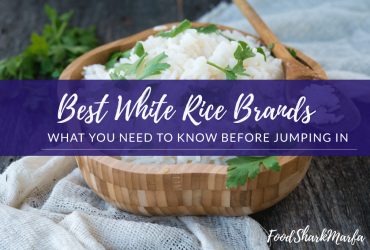
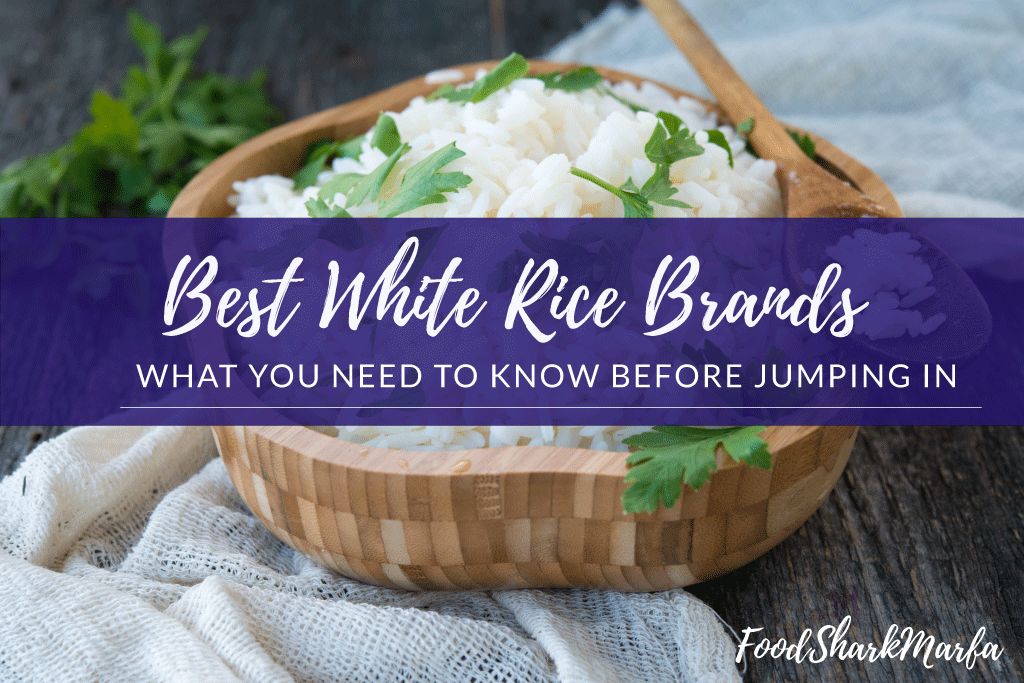
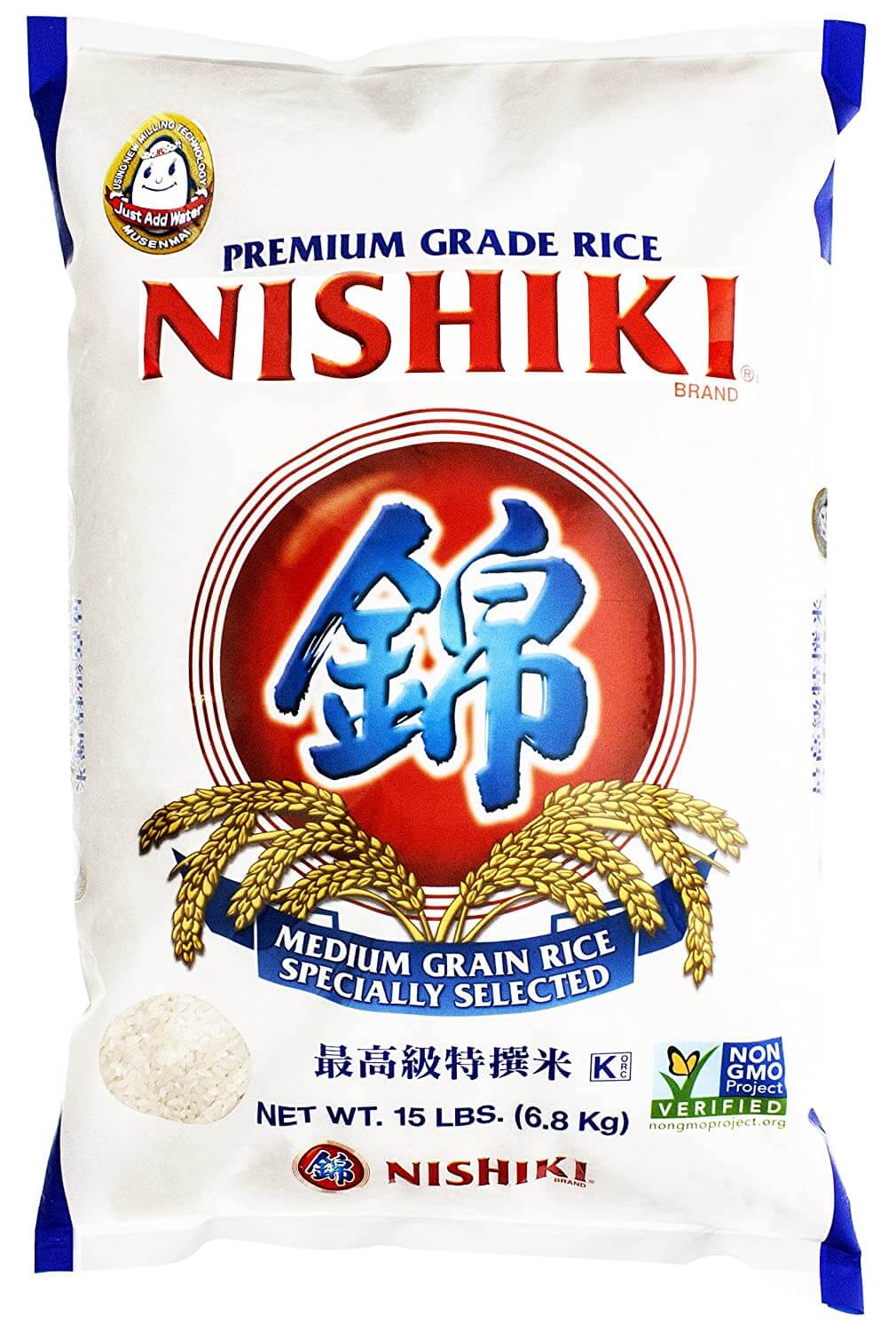
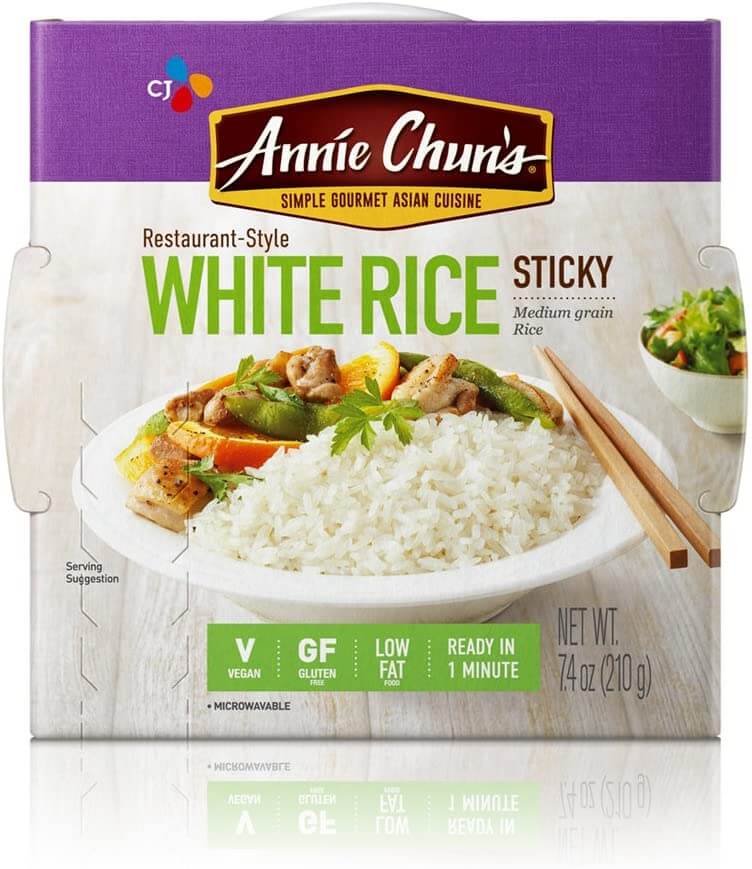
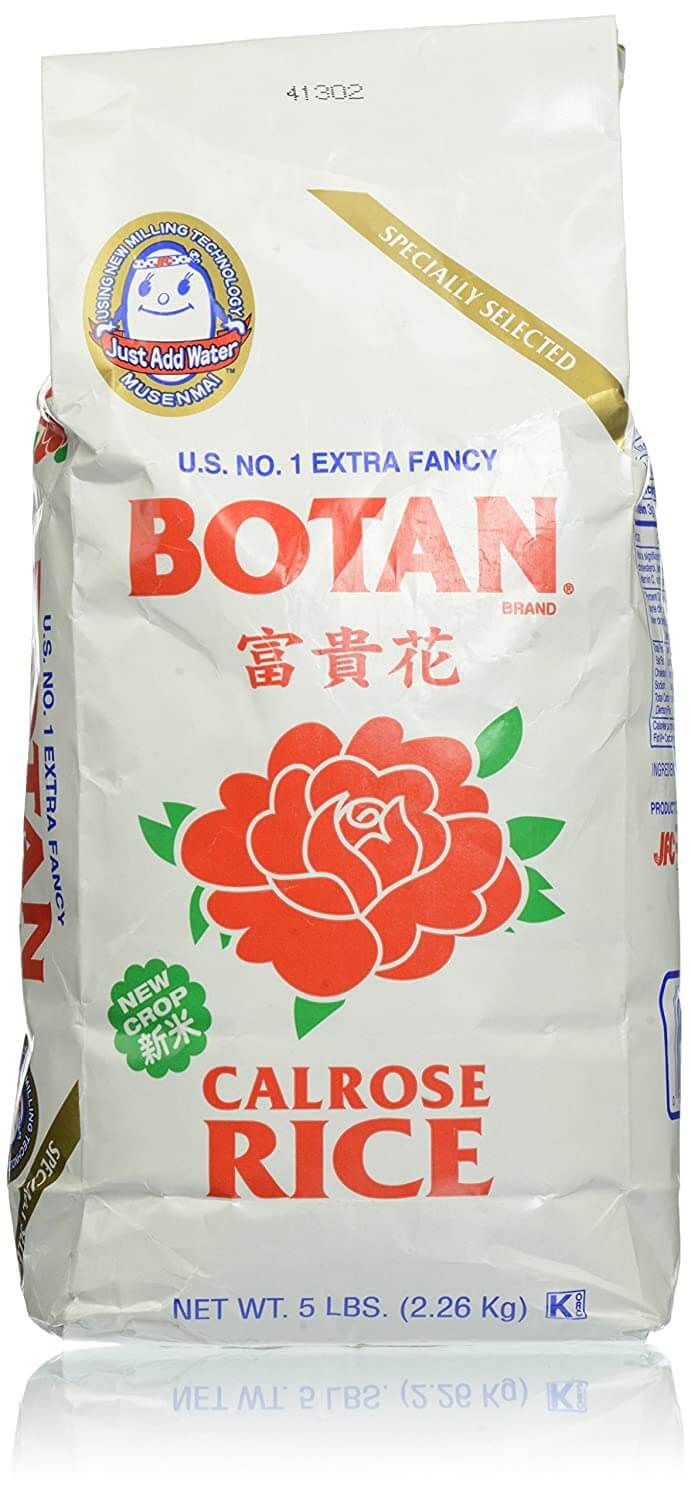
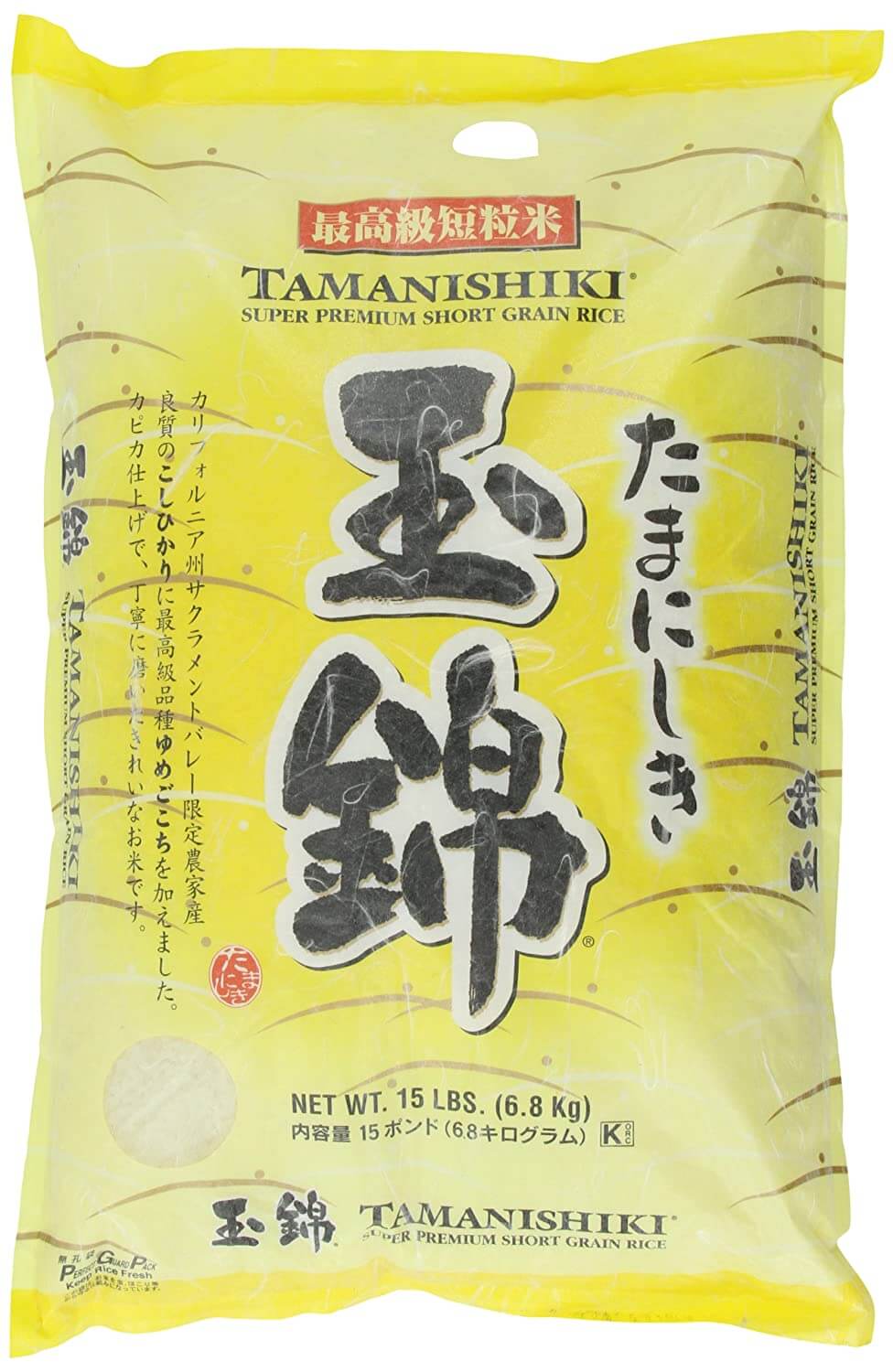
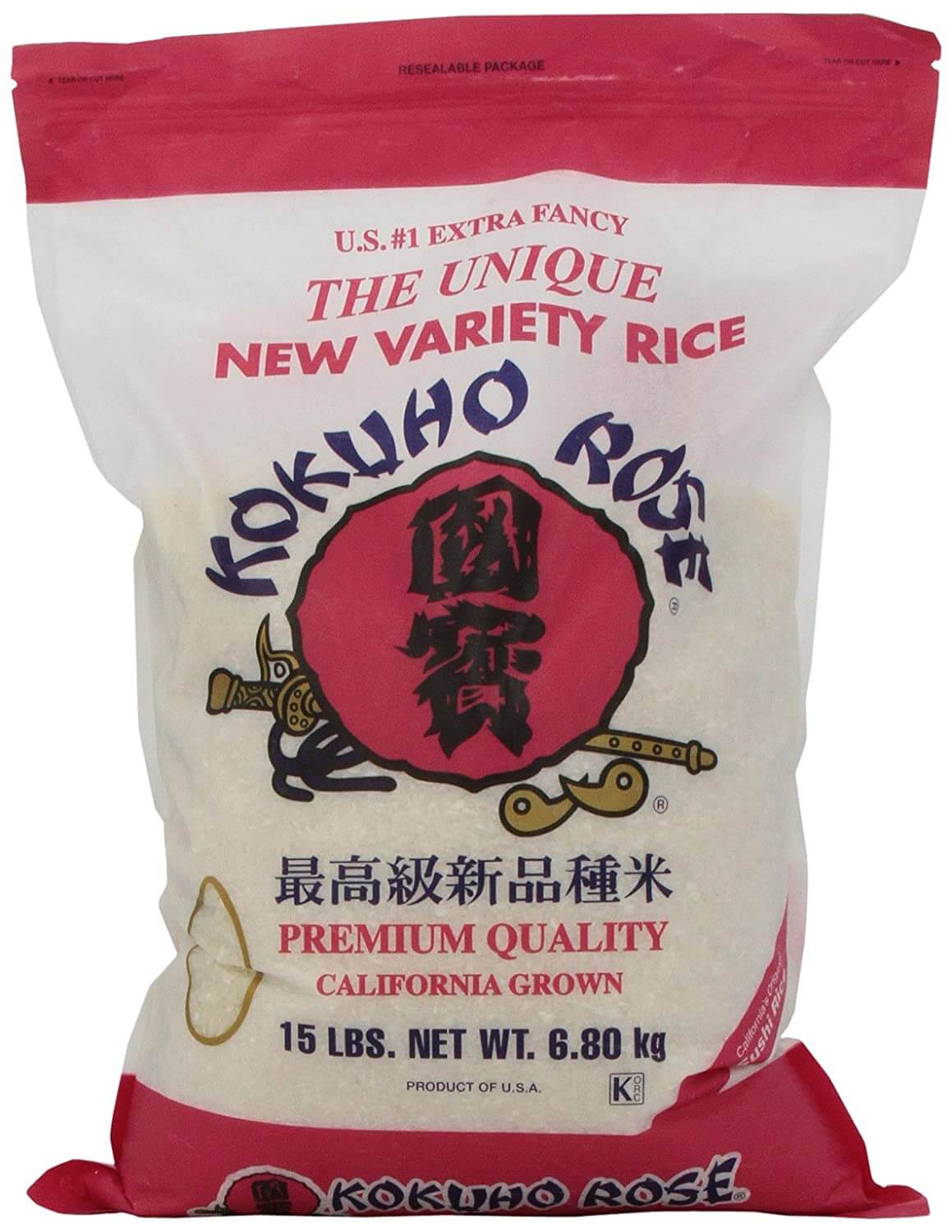
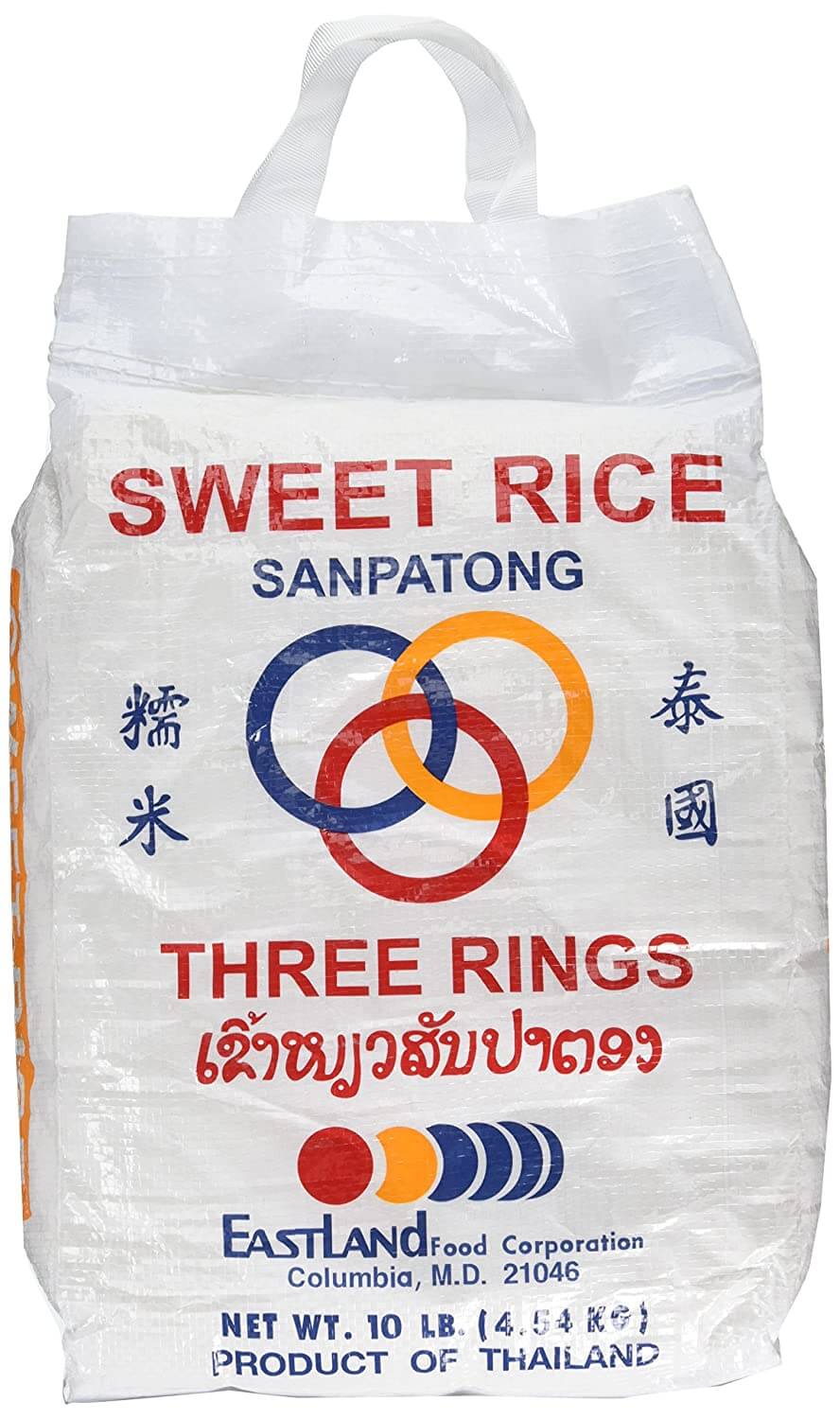
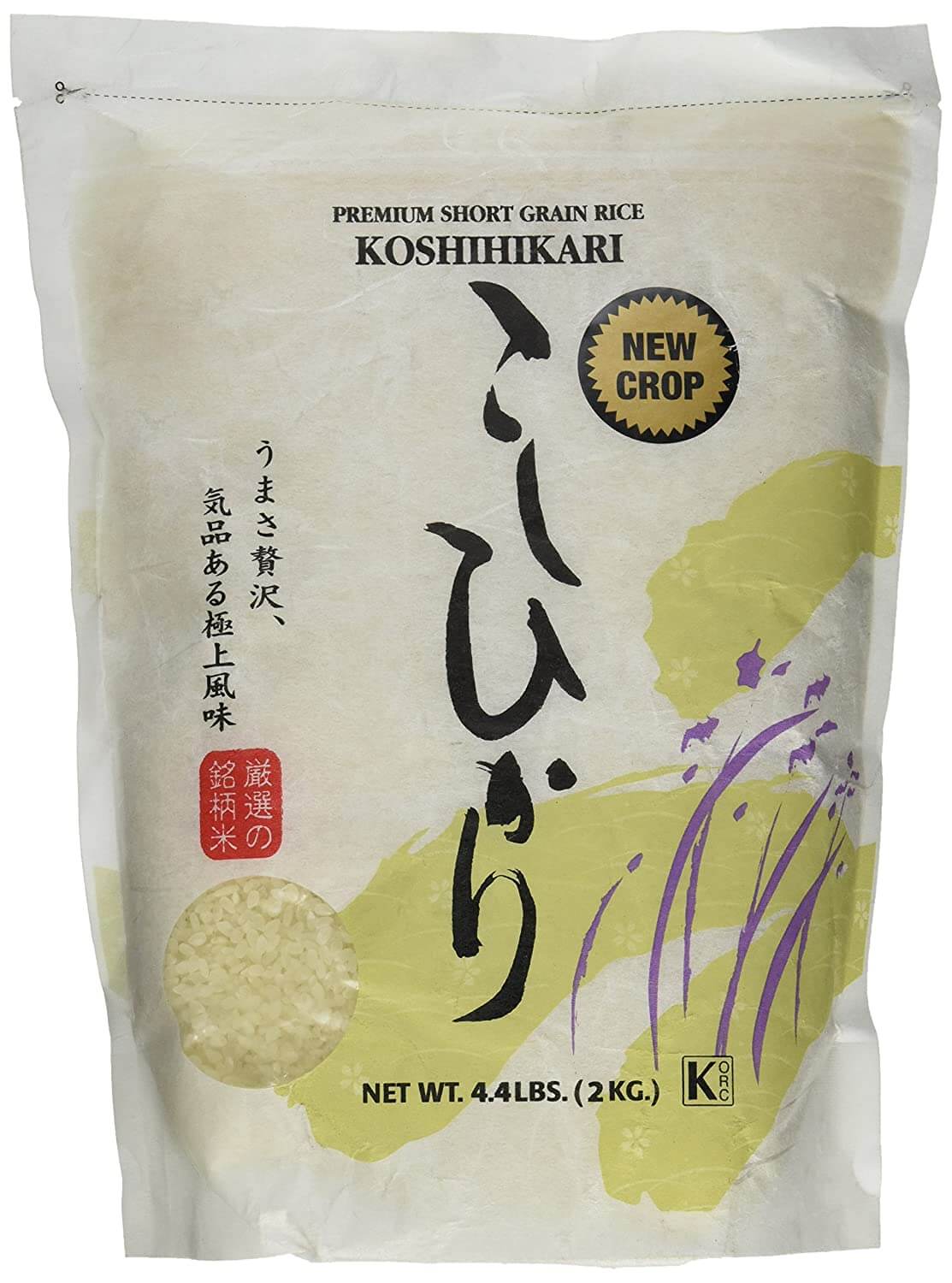
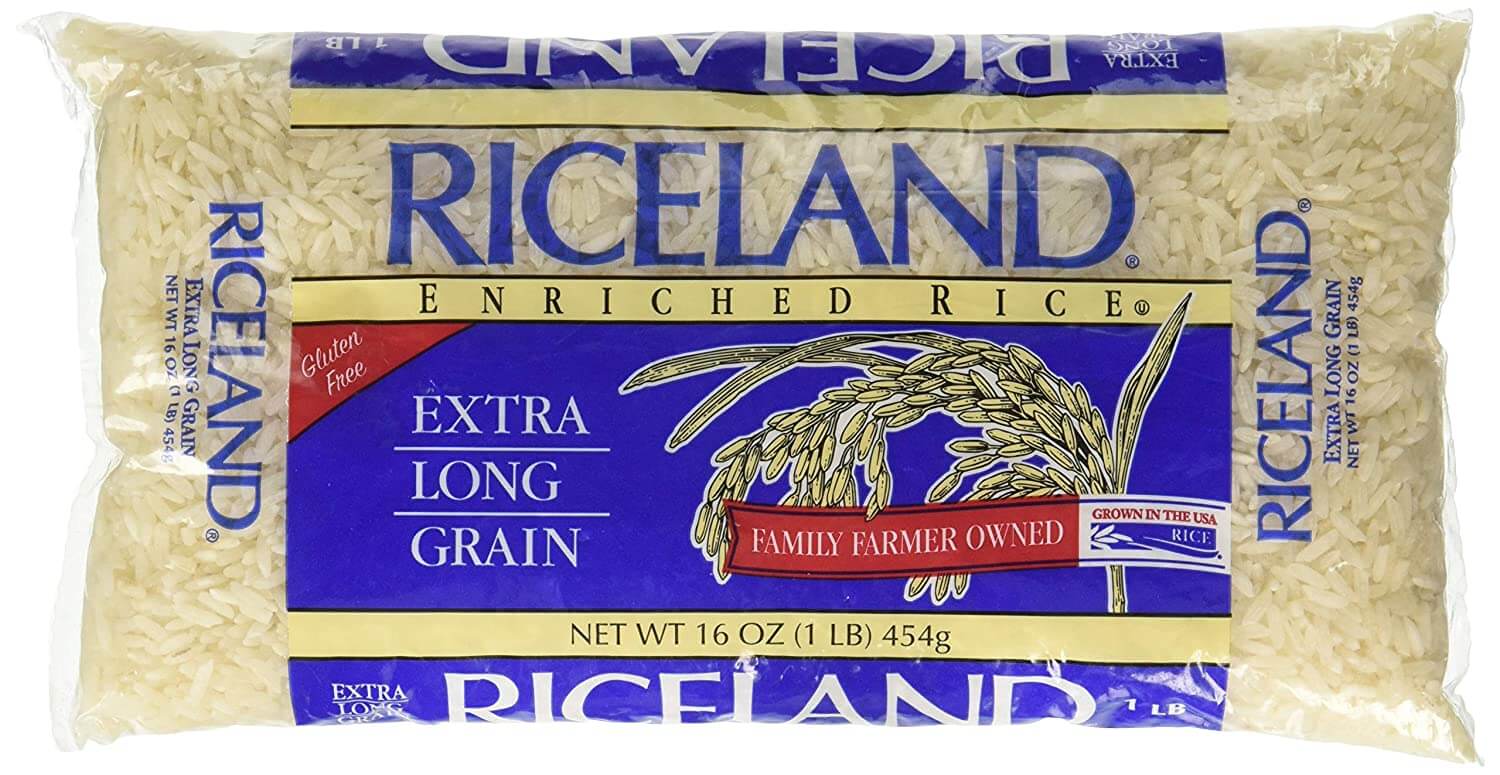
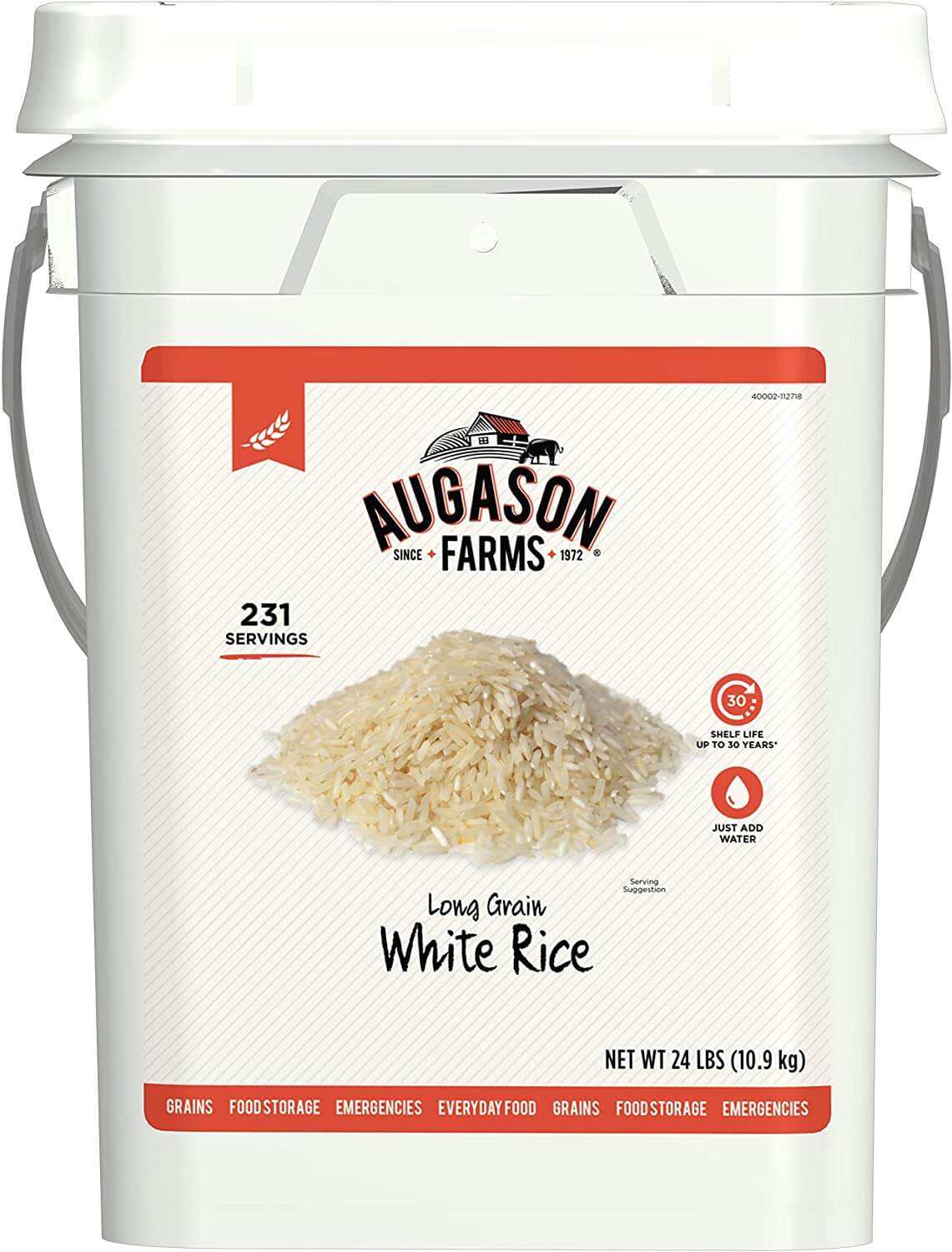
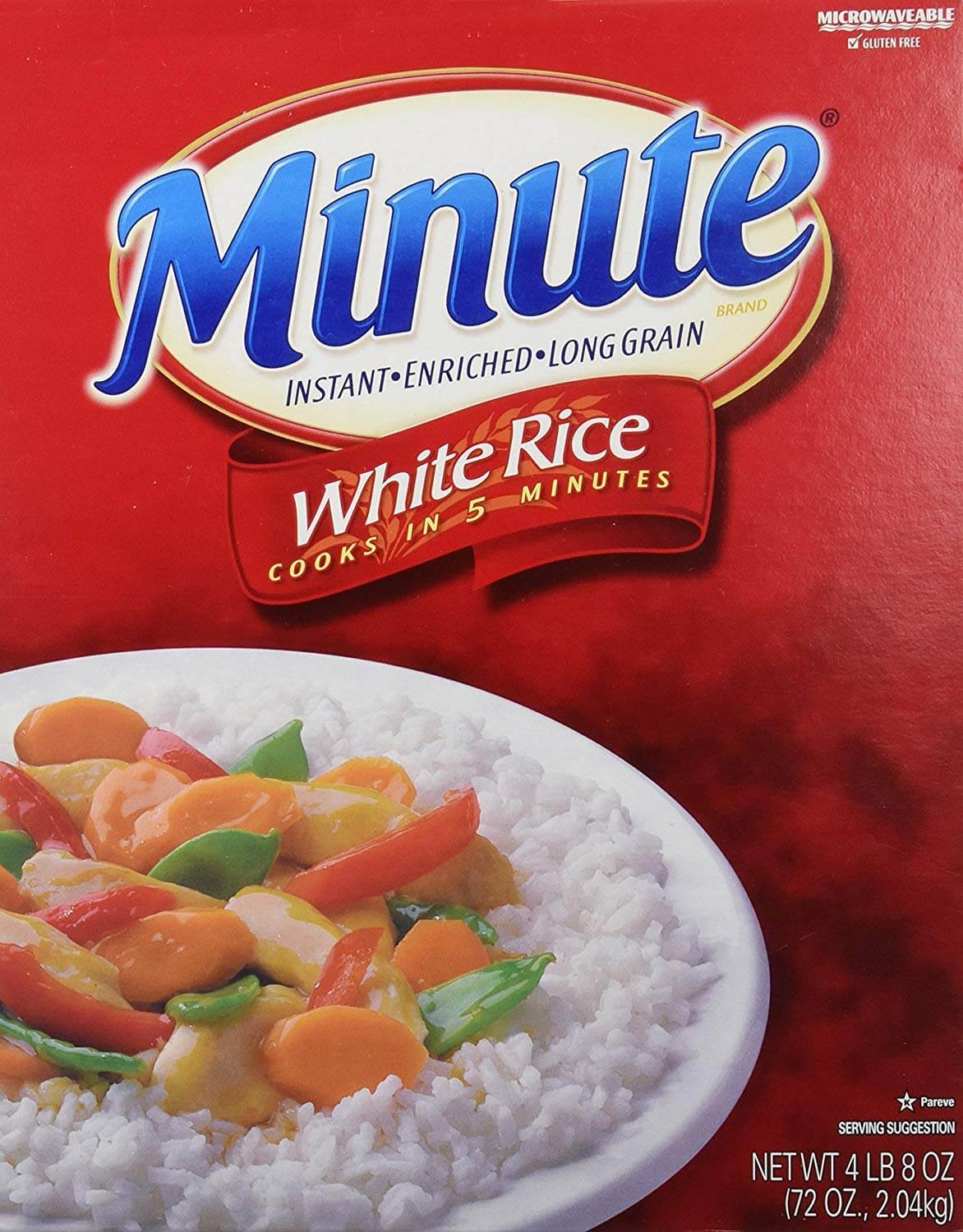

Related Posts
The 10 Best Pressure Canners in 2023
The 10 Best Kitchen Sink Strainers in 2023
The 10 Best Reusable Grocery Bags in 2023